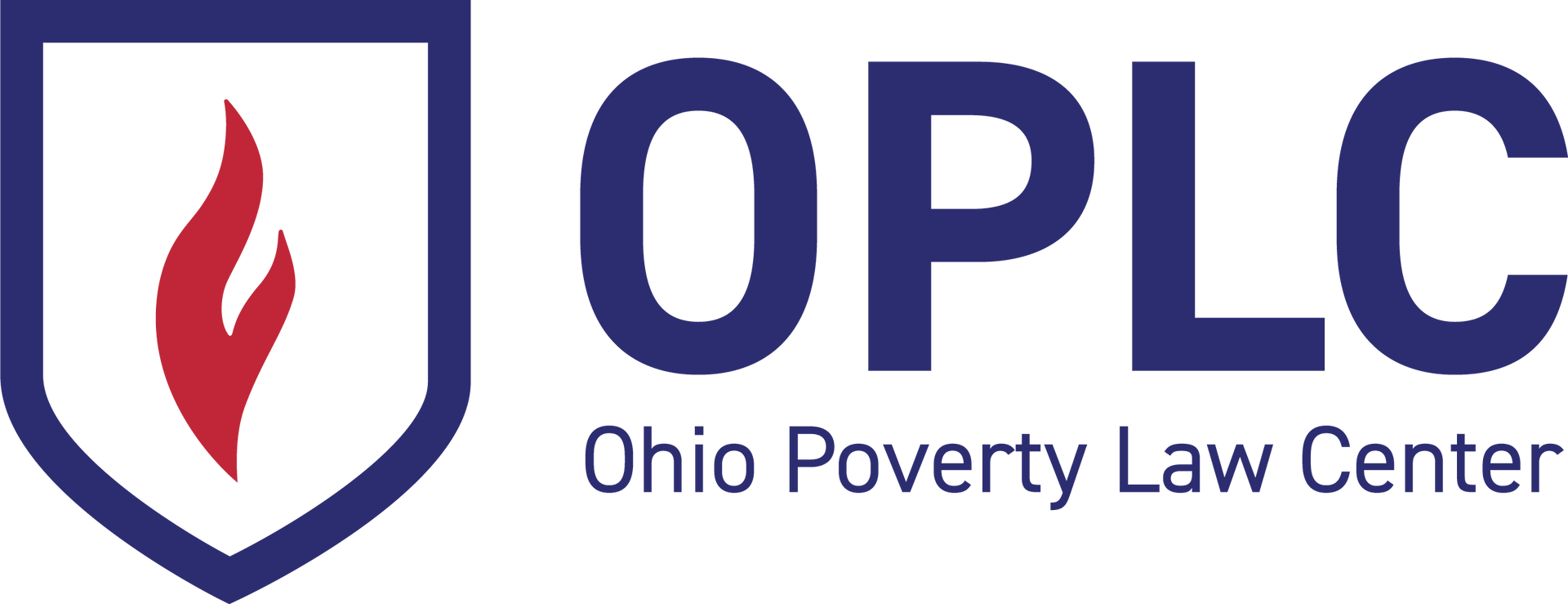HOW STUDENT LOAN DEBT BURDENS THE POOR
The staggering statistics on student loan debt and the accompanying concern over increasing default rates have been making news for some time. According to the Federal Reserve, in the first quarter of 2012, student loan debt rose to $904 billion, an increase of $64 billion over 2011. During the year leading up to the end of March, all other forms of household debt fell a combined $383 billion. A July 1 compromise between Congress and President Obama maintains an interest rate of 3.4% on new federally subsidized Stafford Loans, at least for one more year, but this temporary measure comes at a cost to other programs and does nothing to address the mounting debt of those with outstanding loans.
While many of us who work in legal aid feel the burden of student loan debt, the reality for those in our client population who struggle to get an education as a way out of poverty is even worse. A recent community development research brief studying student loan debt and default released by the Federal Reserve Bank of San Francisco looked at trends in poverty status and institution type. Not surprisingly, the study found that the relative cost of post-secondary education was more burdensome for lower income households. A family living on $36,000 or less per year would have to pay more than 70% of its income to cover college costs, after accounting for grant aid. Wow! Again, not surprising, but low and moderate income student are over represented in for-profit schools, and the default rate for for-profit schools increased 36% from 2007 to 2009.
For-profit schools have been waging an intense lobbying and legal campaign to keep the river of federal dollars flowing into their coffers and escape accountability. Sadly, on June 30 the US District Court for the DC District struck down the US Department of Education’s rule – two years in the making- which proposed to implement the “gainful employment” requirements of Title IV of the Higher Education Act. The rule proposed debt-to-income ratios and debt repayment rates for graduates for schools to remain eligible to receive federal funding. The opinion explains Title IV and the history of the regulations. To give you an idea of the money driving these efforts, according to David Halpern who blogs for the Huffington Post, the for-profit college industry gets about $32 billion of its estimated $35 billion annual revenue from federal financial aid.
Another vulnerable population is veterans, which have also been targeted by for profit schools. At the end of June, 20 state Attorneys General, including Ohio, entered into a settlement agreement with the owner of the GIBill.com website. The states alleged that QuinStreet, Inc. violated the states’ consumer protection laws in the course of operating websites that generate leads primarily for the for-profit education industry. Part of the reason why military members are attractive to for-profit colleges is because their benefits don’t count toward the proprietary colleges’ cap on federal Department of Education funding. The law says for-profit colleges must get at least 10 percent of their funding from sources other than federal student loans or Pell Grants.
For an Ohio-specific snapshot, the Project on Student Debt reports that for the year 2010, 68% of Ohio’s college grads finish with an average student loan debt of $27,713. However, this figure does not include debt figures for for-profit schools. Neither does it include the debt figures for students who drop out, and for a variety of reasons, lower income students have higher dropout rates. People with student loan problems call legal aid when they are being subject to collection activities. Collection efforts can be extremely aggressive, and the defenses for defaulters are limited, although the information and resources for borrowers in default have improved. Notably, our friends at the National Consumer Law Center established http://www.studentloanborrowerassistance.org/ as a resource for borrowers and their advocates. Recently the Consumer Financial Protection Bureau published about 2,000 comments it received in response to its request for information regarding private student loans. This request for information is the CFPB’s first step in the investigation of this industry.
I have highlighted only a fraction of the recent news coverage and activities concerning the debt weight of student loans. It will continue to get attention as one of the many presidential campaign issues, but we need real relief for borrowers, and real reform that prevents industry abuse. Options for addressing the systemic problems on the state level are limited. Those of us who are interested need to join forces with our colleagues on the national scene to work for change.
For more information, check out NPR’s interview of Joseph Stiglizt, Nobel prize winning economist, about his latest book: The Price of Inequality: How Today’s Divided Society Endangers Our Futuree.
